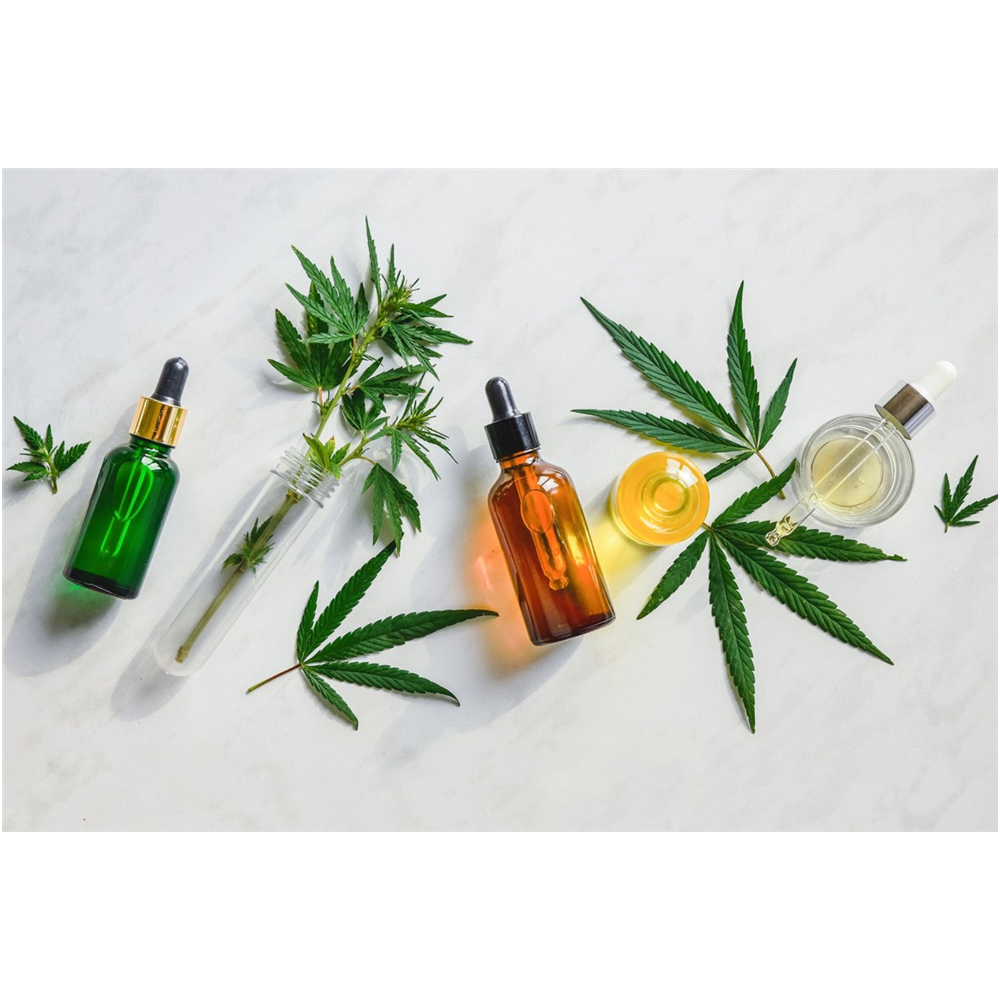There are several steps in the ethanol extraction of CBD. The first step is to purge the remaining alcohol from the extract. This is usually done using a vacuum oven. Another method is to use a hotplate stirrer. The next step is winterization, which involves washing the extract with cold ethanol. This step helps remove plant lipids and waxes. Depending on the final product, multiple winterization steps may be required.
cbd extraction machine
CBD ethanol extraction is a process where cannabinoids and other plant compounds are dissolved in ethanol. The amount and type of compounds dissolved depends on the plant matter and temperature of the ethanol. Once the ethanol has reached the proper temperature, the plant matter is separated from the ethanol solution using a CUP. Separating the plant matter is easier with a CUP machine because it allows for targeted extraction of the desired compounds.
The Capna CUP-30 ethanol extraction machine can process up to 25 pounds of material at a time, with a processing capacity of 600 pounds per eight-hour shift. The CUP-30 also uses 25 to 30 gallons of ethanol. It’s small enough to fit in a coffee maker and offers easy-to-use controls. Its mobile app offers operators insight into the process and allows them to check on extraction progress. Another choice is the EtOH Pro, which is a four-liter ethanol extraction machine with post-process purging capabilities.
Ethanol is a reliable solvent for extracting CBD from plant material. However, it is less effective for extracting specific concentrations, and it requires a larger plant material per extraction. For large-scale CBD product manufacturing, however, commercial-grade hydrocarbon extraction machines can cost up to $200,000 or more. It is also more expensive than CO2 extraction, which is a better option for small-scale producers.
cbd ethanol extraction process
The ethanol extraction process involves soaking biomass in ethanol for a period of time. The solution can be either room temperature or chilled. This is followed by the evaporation of the solvent. The crude extract is then purified to obtain cannabinoids. The ethanol extraction process is made easier by a variety of equipment, including the DC-40 Direct Chiller, which can cool the plant material to -40 degrees Fahrenheit and reduce the number of post-extraction steps. Another type of machine is a closed loop mechanical centrifuge, known as the CUP Series.
Ethanol is the ideal solvent for separating CBD from hemp and other cannabinoid compounds. It also helps to preserve the chemical ratios in the hemp. It can also be a cost-effective solution for large-scale productions. Ethanol can be scaled up for high-volume CBD manufacturing.
The ethanol extraction process yields full-spectrum extracts, cannabinoid isolates, and odorless oil. It is an ideal method for making edibles and tinctures. The ethanol method is considered to be more efficient than the CO2 method.
cbd gummy machine
CBD ethanol extraction is often a complex process involving several steps. One of the key steps is the solubilization of the plant matter. This step is often performed in a cold environment. This step can be challenging, especially if you need to process large quantities and have limited equipment. Another important step is winterization, which involves washing the plant material with ice-cold ethanol. This step will remove unwanted plant lipids and waxes.
The steam distillation method is a tried-and-true method of CBD extraction. This process involves a plant material distillation tank that connects to a separate water tank. The outlet of the distillation tank has a condensing tube, which deposits the water and oil into a collecting flask. This process is an effective way to separate plant materials that contain CBD. This method produces a high-concentration CBD oil without leaving any toxic residue.
Another method is solvent extraction. This method is similar to steam distillation, but it uses a solvent instead of water. It is more efficient than the steam distillation method, but it has its own set of risks. Solvents can include olive oil, butane, propane, and alcohol. Plant materials are soaked in the solvent, which strips away the cannabinoids and other compounds. The solvent is then evaporated.
jelly maker machine
Ethanol extraction is a traditional method for extracting cannabinoids, phytochemicals, and flavonoids from plants. The solvent, ethanol, is non-polar and can easily extract these components. The solvent is also effective in removing residual solvent. This process provides a high-purity extract.
This extraction process involves chilling ethanol to -40 degC and soaking the cannabis material in it. The solution is then pumped out using a centrifuge. The centrifuge churns like a washing machine and pumps the extracted solution into a collection vessel.
Ethanol is a universal solvent that dissolves almost all plant matter, including terpenes, chlorophyll, and cannabinoids. The result is a highly pure oil, containing a multi-faceted profile of the plant’s properties. Ethanol is a safe solvent for humans, and is a common ingredient in food and beverages.
Another alternative to ethanol extraction is supercritical fluid extraction. This process is more efficient than conventional methods and reduces the risk of toxic residues on the final product. Supercritical fluid extraction is a two-step process: the plant material is first solubilized in the supercritical solvent (typically CO +), and the solvent is then evaporated off to yield the end product. The supercritical fluid also allows for easy recovery of the plant compounds.

